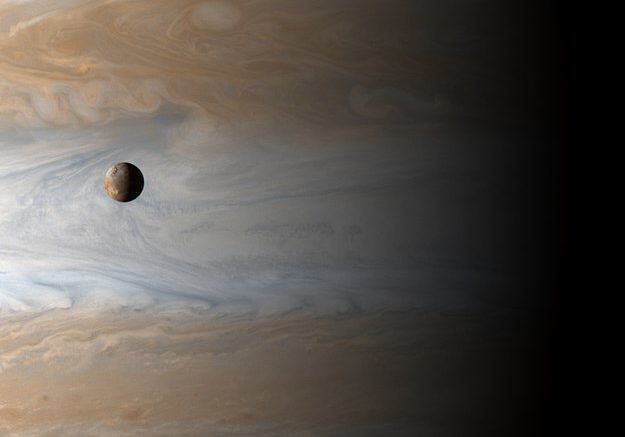A transit “is the passage of a relatively small body across the disk of a larger body, usually a star or a planet, occulting only a very small area.”[1] Transits are different than an eclipse which is caused by either a transit or an occultation. An eclipse is the result of the shadow caused by the obscuration of the passing bodies. A fully obscured view is called an occultation.
In regards to the potential planetary tranits visible from Earth, only “Mercury and Venus are possible. Planetary transits are far more rare than eclipses of the Sun by the Moon. On the average, there are 13 transits of Mercury each century. In comparison, transits of Venus usually occur in pairs with eight years separating the two events. However, more than a century elapses between each transit pair. “[2]
Transits are really useful to science in regards to the hunt for exoplanets. In the realm of exoplanets, the use of the transit method has resulted in the discovery of a plethora of bodies that has consistently provided the most results.
If you’re curious about learning about solar eclipses, check out our article here. For more information about lunar eclipses, check out our article here.

Be the first to comment on "Transits: An Introduction"